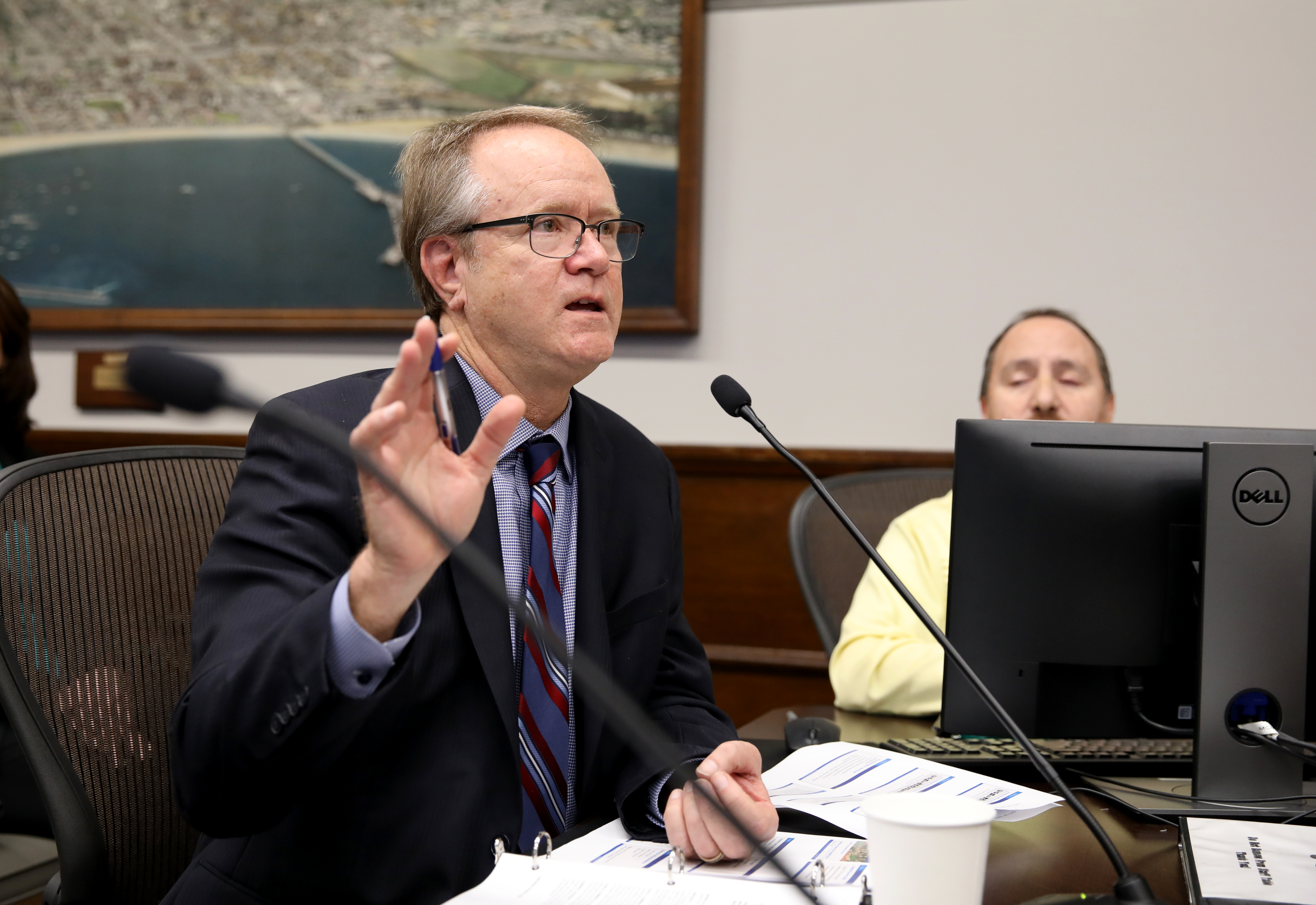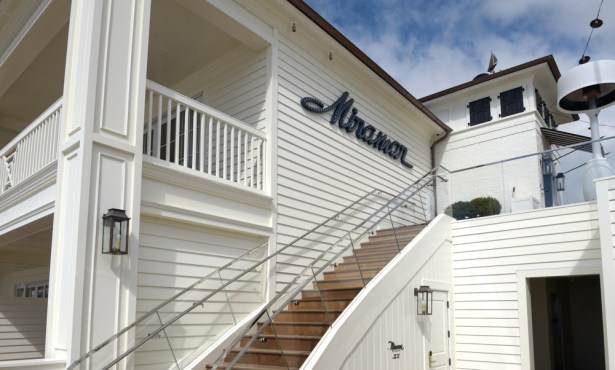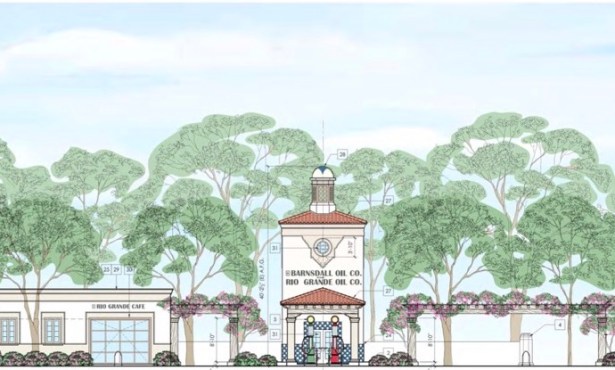State Street Vacancy Report a Mixed Bag
Fewer Empty Storefronts, but Accelerate Program Failing to Pick Up Steam

City staff delivered a mixed bag of results this week to the Santa Barbara City Council regarding their multi-year efforts to repopulate State Street’s empty storefronts.
On the one hand, the city’s much-touted Accelerate Program, meant to speed downtown projects through the review and approval process, hasn’t shown very promising numbers. The average number of days that construction plans sit in the hands of planners has fluctuated between 15 and 22 days since the Accelerate Program launched in 2017. Similarly, the average time it takes for sign applications to go from submittal to approval has remained at 25 days.
On the other hand, Community Development Director George Buell was quick to note, State Street’s overall vacancy figure has dipped to 10 percent, down from a high of 14.8 percent in June 2018, thanks in part to other efforts within the program. “We’re seeing gradual improvement,” he said.
Those efforts included appointing longtime city worker Marck Aguilar as a business liaison, offering certain consultation services for free, making plans available electronically, increasing appeal fees, organizing pop-ups, relaxing restrictions on outdoor seating and rooftop terraces, scheduling empathy and cost-of-delay training sessions, and creating customer-service surveys. Specific projects, like the library plaza remodel and Granada breezeway improvements, are even more signs of progress, Buell said.
Buell also talked about a workflow study now underway in his department meant to identify pinch points in the permitting process, as well as a separate examination of the way Santa Barbara conducts plan checks. Currently, Buell explained, plan checks often balloon beyond an applicant’s original scope of work (e.g., a kitchen remodel) to include the entire property. That leads to major delays and cost increases. Only the cities of Santa Barbara and Goleta apply this type of expanded plan review, Buell said. Carpinteria, Ventura, Oxnard, and the counties of Santa Barbara and Ventura all keep their focus on the original project.
The council was encouraged by the update but also cautioned against celebrating too soon. “This change hasn’t been overnight, and it hasn’t been perfect,” said Councilmember Meagan Harmon. “But you guys have made huge steps in upping your business friendliness fundamentals.”
Councilmember Michael Jordan, however, said he still hears stories of applicants facing unnecessary resistance and hurdles from staff. “I would continually remind us that we’re not there yet,” he said. “We need to improve our ability to work with the private sector to benefit us all.”
Shortly before the hearing, Radius Commercial Group released its quarterly market report. It described a new shared-space restaurant concept, called The Kitchen, leasing the former Samy’s Camera location. New vacancies include the Tamira Indian restaurant at 1027 State Street and Closet Trading Co. at 920 State Street.
Separately, a public survey conducted by the owners of the Paseo Nuevo mall revealed what type of businesses people want to see occupy the long-empty Macy’s building. The top votes were for entertainment (high-end movie theater, attraction, sports/kids zone), retail (national retailers, local retailers, bookstore), and restaurants (local, quick serve, and patio dining). Only 6 percent of respondents said they wanted housing.



